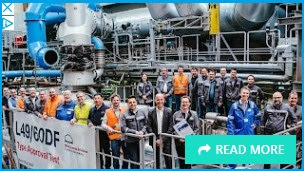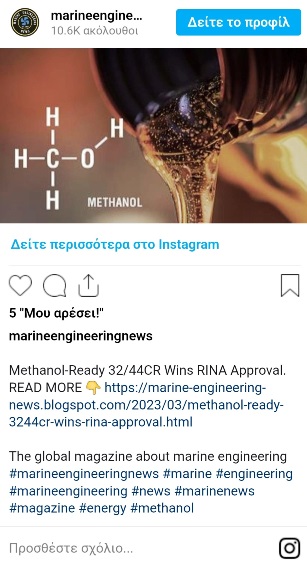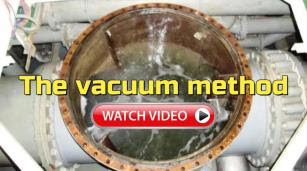New future fuels in shipping are being developed all the time. They include bio and synthetic liquefied natural gas (LNG) as well as ammonia, methanol, hydrogen and biofuels.
Ammonia.
The main advantage of using ammonia fuel is that since it is a carbon-free molecule, burning it inside the internal combustion engine will not produce any carbon emissions. Furthermore, ammonia can be manufactured using renewable energy sources such as biomass, solar, and wind, thus making it a carbon-neutral fuel.
Methanol.
Adopting methanol as marine fuel, If you are considering a switch to low-carbon fuel, methanol is an attractive option. Green methanol has the potential to be carbon free, and it meets current and future emissions targets.
Hydrogen.
Hydrogen is an energy-dense fuel and can be produced with no emissions. Liquid hydrogen can be used in both internal combustion engines and fuel cells. Fuel of the future has 'big potential' but a worrying blind spot, scientists warn. Made exclusively with renewable power, green hydrogen is emerging as a promising alternative to polluting fossil fuels.
Ads Sponsored by Yllix Inc
Biofuels.
Based on the analysis, it can be concluded that upgraded bio-oil, Fischer–Tropsch diesel and liquefied bio-methane can be considered the 'most promising' alternative maritime fuels of the future.
Do not forget to Subscribe to our YouTube Channel by clicking on the red subscribe button bellow:
Enjoyed this post? Never miss out any of our future posts by following us.
Click on the link bellow to get our new posts by email:
Write a comment bellow about what do you think about this topic !
Tell us what do you think about this post. Show us your reaction bellow !


























1 Comments
What do you think ?
ReplyDelete